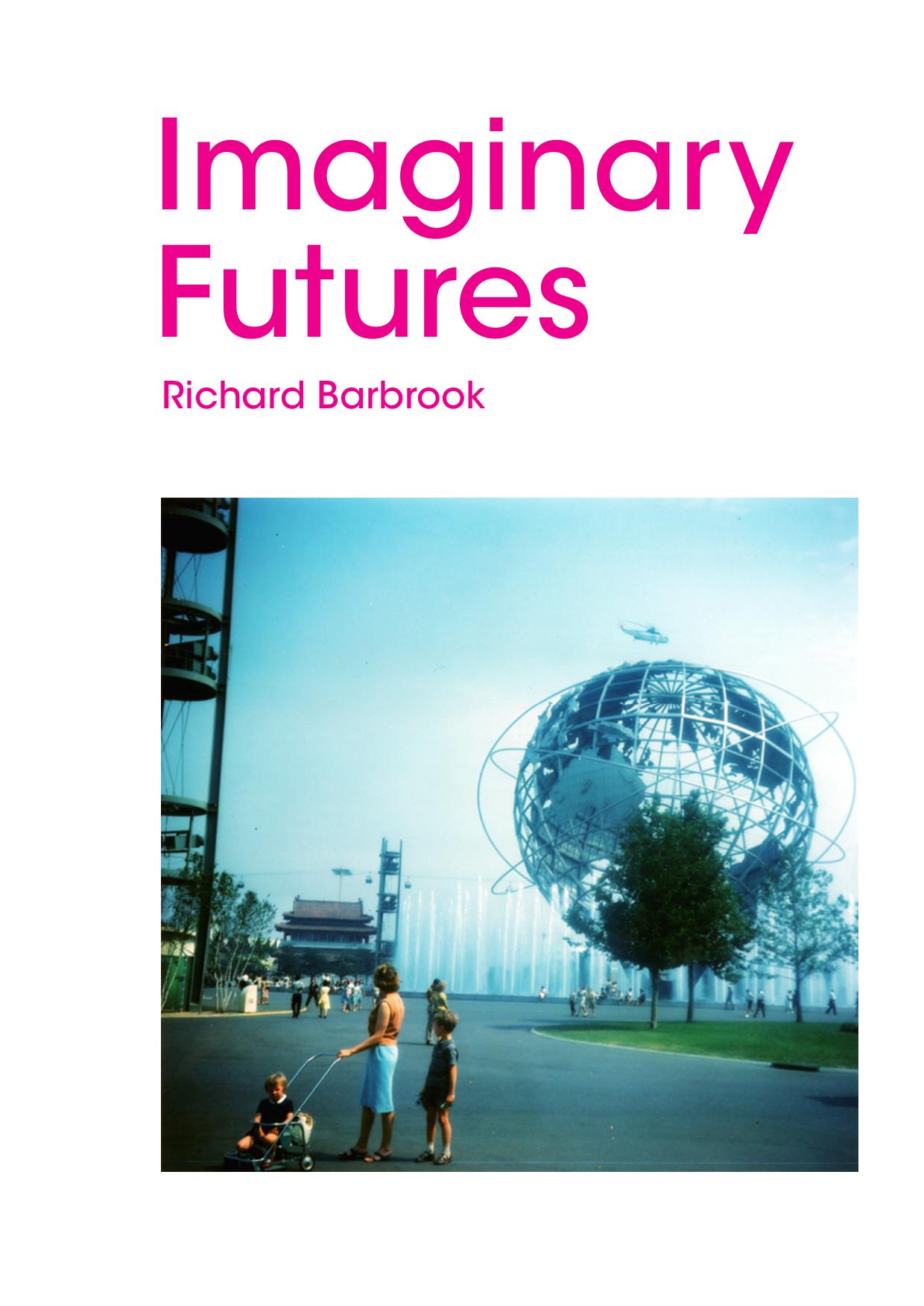Roger B. Lazarus: Computing at LASL in the 1940s and 1950s (1978)
Filed under report | Tags: · history of computing, history of technology

The Los Alamos and Lawrence Livermore National Laboratories have been important sponsors of, and customers for, supercomputers-high-performance scientific computers. The laboratories played an important part in establishing speed of floating-point arithmetic (rather than, say, at logical operations) as the performance criterion defining supercomputing. But their more specific influence on the evolution of computer architecture has been limited by the diversity and classified nature of their central computational tasks, together with the expansion of supercomputer use elsewhere.
The report is part of FAS’s Los Alamos Technical Reports and Publications collection:
In 2002, the Los Alamos National Laboratory terminated public access to thousands of unclassified reports on nuclear science and technology as well as other historical and policy-related publications that had formerly been available on the Lab’s web site as part of its Library Without Walls initiative.
Fortunately, almost all of the withdrawn reports were acquired and preserved in the public domain by researchers Gregory Walker and Carey Sublette. The document titles are indexed in four parts
Publisher: Washington: Dept. of Energy ; Springfield, Va. : For sale by the National Technical Information Service, 1978.
More info (and archive of related documents)
PDF (updated on 2012-7-25)
Comment (1)Richard Barbrook: Imaginary Futures: From Thinking Machines to the Global Village (2007)
Filed under book | Tags: · artificial intelligence, computing, control society, cybernetics, gift economy, history of computing, history of technology, information society, internet, politics

“Cooperative creativity and participatory democracy should be extended from the virtual world into all areas of life. This time, the new stage of growth must be a new civilisation.
Richard Barbrook traces the early days of the Internet, beginning from a pivotal point at the 1964 World’s Fair, in what critics are saying is the most well-researched and original account of cybertechnology among contemporary works. He demonstrates how business and ideological leaders put forth a carefully orchestrated vision of an imaginary future, where robots would do the washing up, go to the office and think for us. With America at the forefront of these promises, Barbrook shows how ideological forces joined to develop new information technologies during the Cold War era and how what they created historically has shaped the modern Internet, with intended political consequences.
Crucially, he argues that had the past been different, our technological and political present would not be what it is today. Barbrook’s conclusions about the modern state of the Internet, puts forward a call for action in how the world’s most important tool of revolutionary politics should be approached.”
Key terms: Fordism, W.W. Rostow, Marxism, cybernetic, Bell commission, artificial intelligence, gift economy, Stalinist, Maoist, Cold War game, Trotskyist, information society, laissez-faire liberalism, soft power, Hard power, American empire, Tet Offensive, Unisphere, grand narrative, Cold War Left
Publisher Pluto, 2007
ISBN 0745326609, 9780745326603
334 pages
Book website
Video introduction
Publisher
PDF, PDF (13 MB, updated on 2012-7-15)
Comments (3)Noah Wardrip-Fruin, Nick Montfort (eds.): The New Media Reader (2003)
Filed under book | Tags: · computing, history of computing, history of technology, new media, reader, technology, theory

“This reader collects the texts, videos, and computer programs—many of them now almost impossible to find—that chronicle the history and form the foundation of the still-emerging field of new media. General introductions by Janet Murray and Lev Manovich, along with short introductions to each of the texts, place the works in their historical context and explain their significance. The texts were originally published between World War II—when digital computing, cybernetic feedback, and early notions of hypertext and the Internet first appeared—and the emergence of the World Wide Web—when they entered the mainstream of public life.
The texts are by computer scientists, artists, architects, literary writers, interface designers, cultural critics, and individuals working across disciplines. The contributors include (chronologically) Jorge Luis Borges, Vannevar Bush, Alan Turing, Ivan Sutherland, William S. Burroughs, Ted Nelson, Italo Calvino, Marshall McLuhan, Billy Kl?Jean Baudrillard, Nicholas Negroponte, Alan Kay, Bill Viola, Sherry Turkle, Richard Stallman, Brenda Laurel, Langdon Winner, Robert Coover, and Tim Berners-Lee. The CD accompanying the book contains examples of early games, digital art, independent literary efforts, software created at universities, and home-computer commercial software. Also on the CD is digitized video, documenting new media programs and artwork for which no operational version exists. One example is a video record of Douglas Engelbart’s first presentation of the mouse, word processor, hyperlink, computer-supported cooperative work, video conferencing, and the dividing up of the screen we now call non-overlapping windows; another is documentation of Lynn Hershman’s Lorna, the first interactive video art installation.”
Publisher MIT Press, 2003
ISBN 0262232278, 9780262232272
823 pages
PDF (updated on 2012-7-25)
Comments (2)
